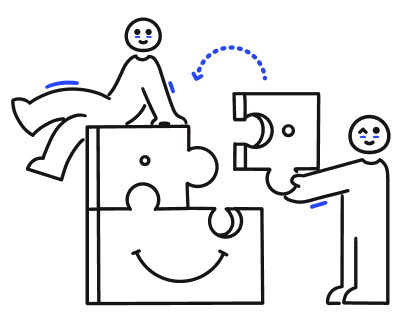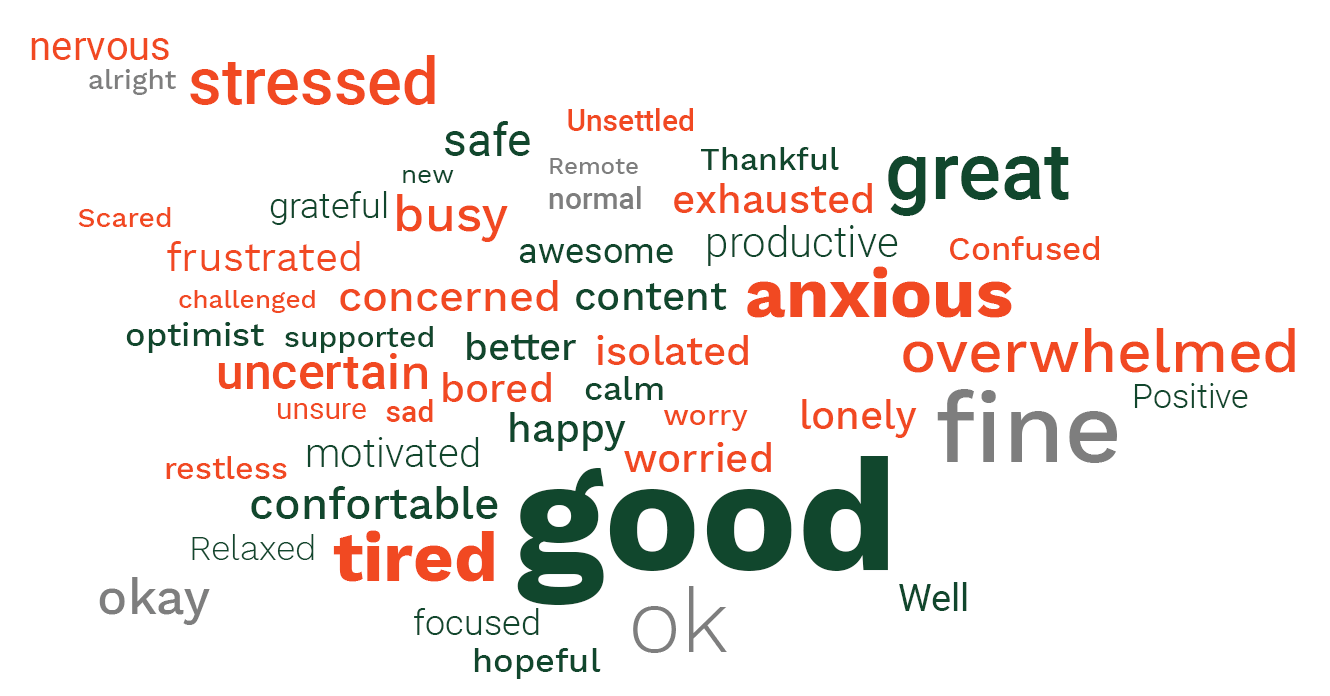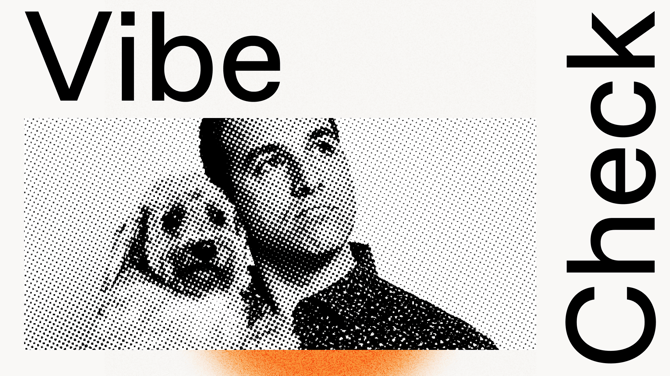And, we ask employees around the globe how they're holding up
The topics of employee burnout, wellness, and work-life balance are not new, but in our new remote work context, they take on a whole new meaning. Employee burnout now encompasses much more than performance woes and job-related stress. This burnout gets personal, and it can hit anyone in the hierarchy.
Everything is slightly off-kilter. It’s uncanny; as though someone rearranged the furniture of our lives. We’re grieving, explains a recent post in Harvard Business Review: “The loss of normalcy; the fear of economic toll; the loss of connection. This is hitting us and we’re grieving. Collectively.”
Employees are putting great trust in their organizations and managers to guide them through this harrowing time, but there was no instruction manual with this pandemic. Leaders are therefore susceptible to burnout too, and they need to know that it’s ok to not have all the answers. If you’ve chosen to do the right thing — to prioritize the safety of your people and customers above all — then you’re on the right track.
In this second part of our remote work interview series, we get insights and answers from a seasoned psychologist. (If you missed our first interview with Dan McGinn from Harvard Business Review, read it here!)
From flawed to flawless: 5 steps to leading distributed teams

In this post:
Interview with Karine St-Jean on managing employee burnout
Can you explain what is happening in the workplace right now with regards to wellness and burnout? Specifically, what is new about this employee burnout?

Karine St-Jean
Psychologist & mindfulness teacher
karine@mindspacewellbeing.com
So many things are new! Uncertainty, insecurity and constant adjustment is the new reality for now. And this taxes our psychological and emotional resources every day. Finding ways to rest and take care of ourselves is getting harder.
Here are some ways the workplace has changed and affected our sense of wellbeing:
1. We have lost many things, including some positive aspects of our work life. We might see some restructuring at work and we may lose some of our colleagues, which can increase our own sense of insecurity. We don’t have informal chats as often with our colleagues, so we inadvertently receive less support, and feel more isolated, alone.
2. We also receive less feedback, so it may be harder to see the impact of our daily work and therefore harder to connect with the value of what we do. A loss of meaning and purpose could possibly ensue.
Keep up your 1-on-1s. They are the prime occasion to give and ask for feedback, recognition and continue cultivating relationships with your team members. Learn how to do them well and make them meaningful, even from a distance. Using one-on-one software like Officevibe keeps everything organized, in one place. Your notes, your conversations points, the agendas, and talking points.
3. The nature of our work may have changed, some of our responsibilities may have shifted, we might be working on new projects, or with new clients, etc. More adjustment, means more potential stresses.
4. Then there’s the stress and the information overload which increases the risk of pressure and poor decision-making, which can also contribute to stress and burnout. For some of us, home has become our workplace. We are working where we eat, in the same room we sleep or where we relax normally. Limits get blurry. And it can be harder to unplug from work, or to get motivated to work.
All of this adds more stress and can create an emotional burden. Dealing with these emotions is taxing on our psychological resources. Added to the uncertainty and insecurity, it can be unsustainable for many of us. We’re dealing with many layers of stress, as all the areas of our life may be affected. Many of our habitual ways of coping (the gym, connecting with friends, enjoying a night at a restaurant, etc.) are not available anymore. For many, there is little place to rest, replenish our resources. The ground is favorable for emotional and psychological exhaustion.
How can managers spot symptoms of employee burnout on their teams while remote?
Symptoms of burnout are varied:
- Lack of or too much sleep
- Mood swings
- Lethargy
- Absence of motivation
- Poor decision making
- Difficulty focusing or being productive
- Less involvement in projects
- Social disconnection
However, the portrait may vary a lot, and considering the context, even the classic “observe for a change in behavior/mood” is not a good clue anymore. The best way is to listen to the person and use your gut feeling. And inquire, don’t presume.
Being remote, we are losing many of the cues we normally have to detect burnout. We now have to rely on brief meetings, through a screen. Creating a connection and building trust is key. But an extra effort is needed now.
What can managers do to support an employee experiencing burnout and even prevent employee burnout on their team?
From a high level, I would say to start by being curious about what they are doing to unplug and relax. Don’t presume that all is good. Make the effort to ask.
Make sure that your actions and the quality of your presence is coloured by kindness and flexibility.
Some people will experience decreased productivity, especially if they have to deal with loads of extra stress (vulnerable family members, being alone with the kids at home, financial stresses) and burnout. Make sure that your actions and the quality of your presence is coloured by kindness and flexibility. It will go a long way.
Here are some specific tips to manage employee burnout on your team:
- Normalize and support. We are going through tough times; it’s normal to experience a rollercoaster of emotions so remind them that it’s ok to not be ok all the time.
- Don’t expect business as usual. Learn to manage your expectations or even alter your objectives as a team to be more realistic.
- Offer choices. Let the person craft their job as much as is reasonable so they can focus on what matters most. Help them remove the clutter.
- Offer the employee to have regular chats with you or a trusted colleague, and connect them together. Check in on a personal level before digging into work conversations.
- Listen for real. Be interested for real. Authenticity is necessary to create a safe space. Even be honest with your own struggle.
- Don’t ask a question if you don’t have time to listen to the answer.
- Be sure to follow through with what you offer in a timely manner. Put action to intention.
- Make sure that the employee has access — or knows how to obtain access — to professional help if needed. If you aren’t sure, get all the information from HR.
- Never push the employee to speak to you, to confess or to be vulnerable. Carefully respect their limits but remind them that you are there if they need a sounding board.
- Remind yourself that everyone copes in different ways, and has different realities. Be interested and curious. Don’t presume that you know.
We have always emphasized “employee burnout” but the effects of this crisis do not discriminate. How can company leaders and managers handle burnout as well?
Yes, leaders are susceptible to burnout as well. This is new territory for them. It’s so important to take time to check in with yourself. And be patient with yourself.
Showing your vulnerability to your colleagues and employees is helpful. It creates a space where we are not setting up an expectation about “being ok” all the time. It normalizes the emotional struggles and the stress. It allows for a space of safety and vulnerability to open up. From there, we can cope, adjust and deal with it. And it may help you find some much needed support. And most importantly, ask for help if you need. Everyone is entitled to it.
There is a trend towards resilience and productivity in the face of this crisis. What are the risks of the mindset that we need to continue to perform as usual, or better?
Being productive is important, and if it’s balanced with a clear consciousness of the reality we are living right now, it can yield beautiful results. The risks of asking your teams to continue to be as productive as before and in the same way as before are high however. Pretending that all is normal is very invalidating for everyone.
By creating a sense of “all is alright, or all will be good”, it may create the expectation that we should be coping well.
Some employees are already stretched to the limit of their resources. We are not supposed to be OK all the time. By creating a sense of “all is alright, or all will be good”, it may create the expectation that we should be coping well. That not being OK is not a failure of some sort. Forgetting this sets the ground for emotional pain for many of us.
If you could choose one word to describe the antidote to this new burnout, what would it be?
Flexibility, or if I can have two: a kind flexibility.
❤️ We created a survey for managers to track mental health on their teams ❤️
Our Mental Health Custom Poll helps managers ask their employees the right questions on the topic of mental health and wellness, and offers a safe space for employees to share their needs anonymously. These insights help leaders take action where it counts and reminds employees that they are cared for.
Some question samples from our Mental Health Custom Poll:
- Given our current work context and what’s going on in the world right now, how are you doing?
- Do you feel like you can talk to someone or ask for help with mental health issues around work?
Learn more about Officevibe’s pulse survey solution.
Employee data: We ask workers how they’re holding up
We asked employees around the globe to share how they’re feeling using one word. The bigger the word in the “word cloud”, the more times it was repeated. Red signifies negative emotion, grey signifies neutral emotion, and green signifies positive emotion. We’ll dig into what this all means below, and let you know how you can ask the same questions to your teams.

What do we learn from how employees are feeling?
🙂 The Good
We see “Good” and similar word variations pop up quite a bit. It’s not an overwhelmingly positive word, but seeing that people are generally feeling ok is comforting. Other positive words such as “Motivated”, “Safe” and “Productive” are likewise optimistic representations of how people are feeling and how engaged they might be. It’s nice to see that there is still an undercurrent of positive emotion during these times.
The topic of “Gratitude”, while it represents a rather small portion of the responses, still deserves attention. It might particularly stand out to leaders who are unsure as to whether they are doing a good job. People might be grateful for their health, but also to still have their jobs, an income, and a leader who takes the time to ask the question: “how are you feeling?”. Leaders who check in are leaders who maintain engaged, grateful and loyal employees.
😕 The Not So Good
Words like “Anxious”, “Overwhelmed”, Stressed”, and “Worried” fall directly under the burnout umbrella and speak to a general decrease in wellness during these times. People are worried about things they can’t control, “Uncertain” things like the security of their jobs, the future, the economy, their health, their family’s health.
The lack of answers, and the not knowing how long until we have answers can cause mental and physical burnout. We see words like “Exhausted” and “Tired”. People are feeling mentally and physically drained, especially parents, who are working two jobs at once. It’s also become harder for people to disconnect from their workplace devices since they never really “leave” the office. In fact, only 31% of employees strongly agree that they have a proper balance between work-life and personal life.
Recurring topics that surface in our Officevibe Survey data:
The most popular feedback topic (of 200 topics) is associated with “Worry”
– Remote Work Custom Poll, 2020
33% of employees do not feel comfortable being isolated during these times.
– Remote Work Custom Poll, 2020
According to our Officevibe survey, 47% of employees feel overwhelmed at work.
– Data extracted April 27, 2020
Out of our 10 metrics of engagement, “Wellness is currently ranking the lowest.
– Data extracted April 27, 2020
PS: You can send the same Remote Work Custom Survey to your team and measure employee engagement with Officevibe.
Key themes on isolation that surface in our recent employee feedback:
The topic of “Isolation” might be one of the most essential topics to discuss. All at once, the world was asked to shut their doors, break normal contact with their peers, and manage a slew of unpleasant emotions, often alone. Connection is central in Maslow’s hierarchy of human needs. People need people.
Here’s what they have to say in more detail:
- Employees miss “face-to-face contact” and they feel “cut off” from their peers.
- Some report that the physical distance minimizes a sense of belonging.
- We see reference to the lack of human interaction as the “worst part”.
- People miss the office “chit chat”, which doesn’t come as naturally now.
This new employee burnout is a whole other animal, and it’s up to company leaders and managers to prioritize well being on their teams, especially during these times. Everyone is living a different reality with a different set of coping mechanisms and different aptitudes towards mental resilience. And, because our personal-self and work-self are one and the same, these emotions risk affecting the way we are able to function in the workplace.
And, even after things begin to go back to some version of normal, normalcy is still far off. The residual effects of this experience will require that a leadership founded in compassion reside at the helm of the future of work. To maintain employee engagement and performance, we need to continue to put employees first.
How are your teams handling workplace stress and burnout?



